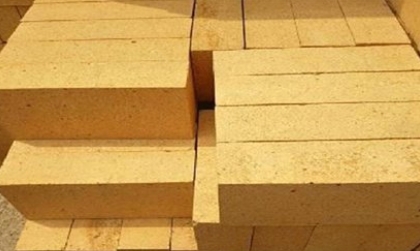- 07
- Mar
What to avoid during refractory brick construction
What to avoid during रेफ्रेक्टरी वीट बांधकाम
(1) Dislocation: that is, unevenness between layers and blocks;
(2) Tilt: that is, it is not flat in the horizontal direction;
(3) Uneven ash seams: that is, the width of ash seams is different, which can be adjusted by selecting bricks appropriately;
(4) Climbing: that is, there are regular irregularities on the surface of the circular wall, which should be controlled within 1mm;
(5) Separation: that is, the refractory brick ring is not concentric with the shell in the arc-shaped masonry;
(6) Re-stitching: that is, the upper and lower ash seams are superimposed, and only one ash seam is allowed between the two layers;
(7) Through seam: that is, the gray seams of the inner and outer horizontal layers are combined, and even the metal shell is exposed, which is not allowed;
(8) Opening mouth: that is, the mortar joints in the curved masonry are small in size and large in size;
(9) Voiding: that is, the mortar is not full between the layers, between the bricks and between the shell, and it is not allowed in the lining of the immovable equipment;
(10) Hairy joints: that is, the joints of the bricks are not hooked and wiped, and the wall is not clean;
(11) Snaking: that is, longitudinal seams, circular seams or horizontal seams are not straight, but wavy;
(12) Masonry bulge: It is caused by the deformation of the equipment, and the relevant surface of the equipment should be smoothed during the masonry. When building double-layer lining, the insulation layer can be used for leveling;
(13) Refractory mixing slurry: the wrong use of slurry is not allowed.

